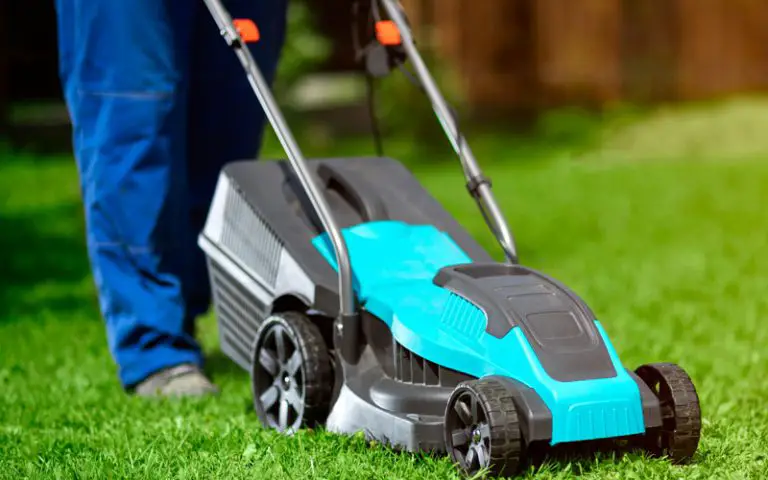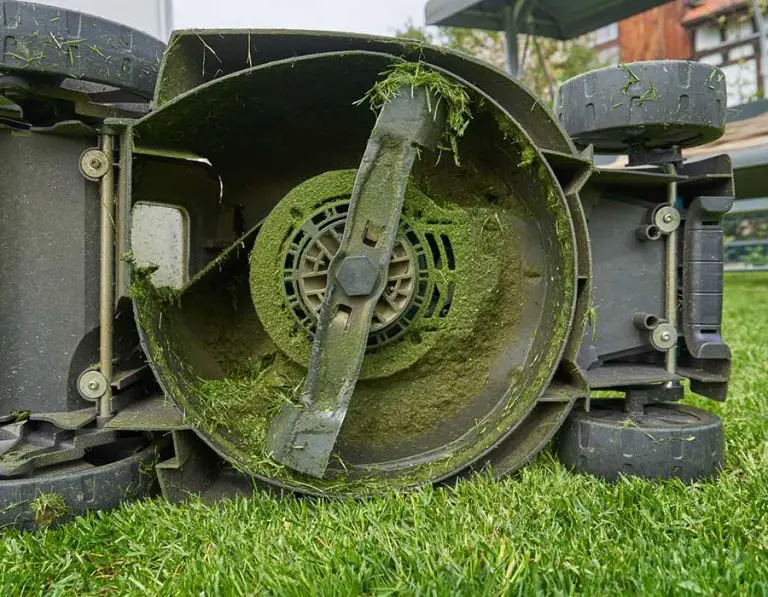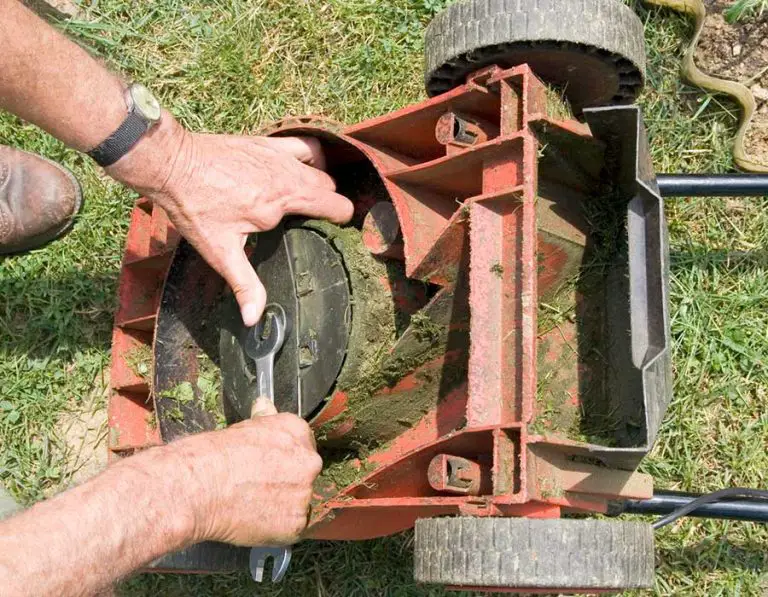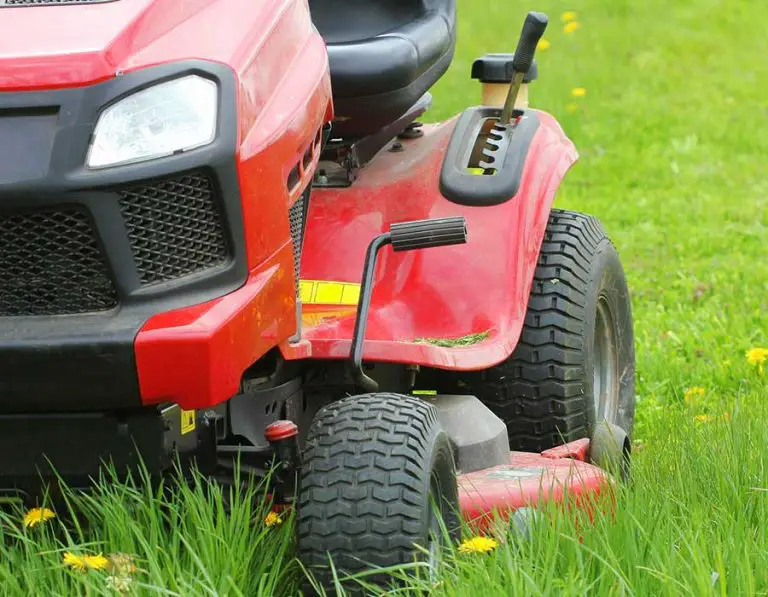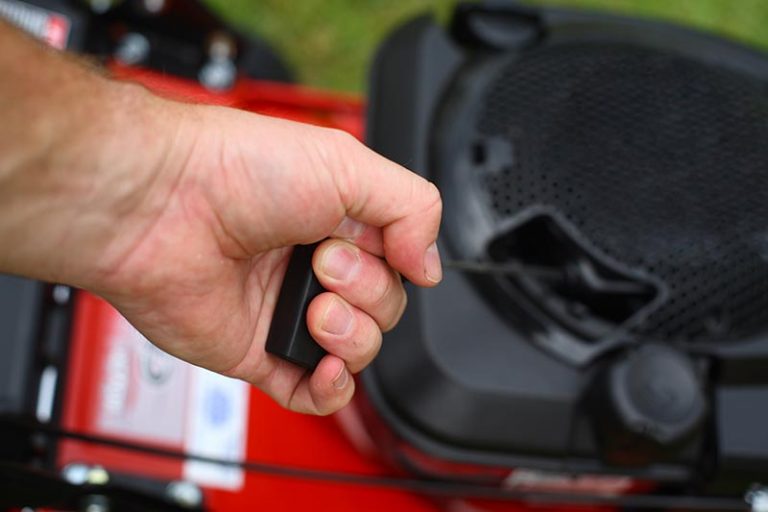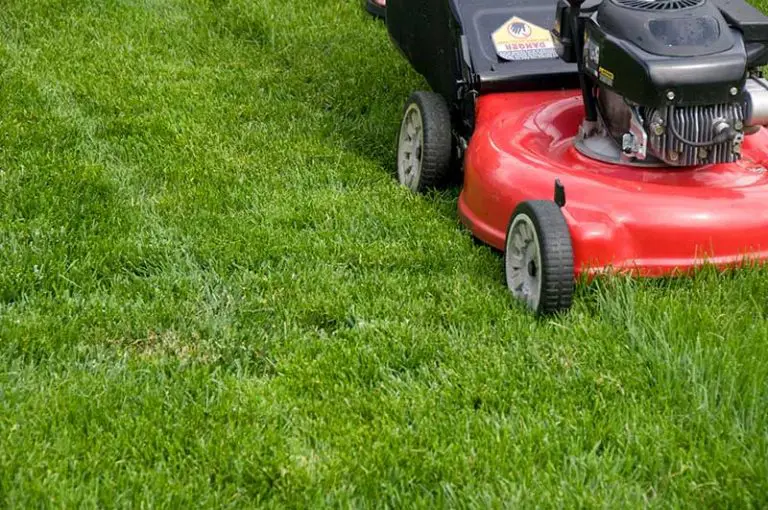How To Troubleshoot A Husqvarna Riding Mower When It Doesn’t Start
It is such a pain when you want to care for your lawn but your lawnmower won’t start. The reasons for this can vary from minor issues like little to no gas in the fuel tank or something as crucial as engine issues. To start a Husqvarna lawnmower, there are some checks you need to do. This article addresses these checks, the possible causes of your mower’s refusal to start, and the corresponding fixes.
When your Husqvarna mower refuses to start, you need to diagnose the problem first. Check the gas and oil level, the position of the choke, gear, and so on. If it doesn’t start, components like the battery, spark plug, and engine could be affected. Depending on the problem, fixing the lawnmower might call for replacements, such as a damaged battery, a clogged paper filter, and bad spark plugs. Not all of these diagnoses call for a replacement; some require DIY fixes that get done in no time.
A Husqvarna lawn mower is a brand that has grown into a household name, being one of the most reliable brands in the market. They specialize in garden tools generally, including brush cutters, cultivators, and the like. They are rated one of the most reliable brands out there.
Why Your Husqvarna Riding Mower Won’t Start
There are many reasons for this, which will be outlined in this article, along with how to fix them. It is important to note that before troubleshooting, the lawnmower engine must be off and allowed to cool a bit. Also, you should use safety gear such as gloves, goggles, and suitable clothing. It is best to carry out these checks in a well-ventilated or open area to avoid hazards.
Reasons Your Husqvarna Riding Mower May Not Start;
- Empty Fuel tank
- Bad fuel
- A bad spark plug
- Clogged filters (air and fuel)
- Dirty carburetor
- Bad or corroded battery
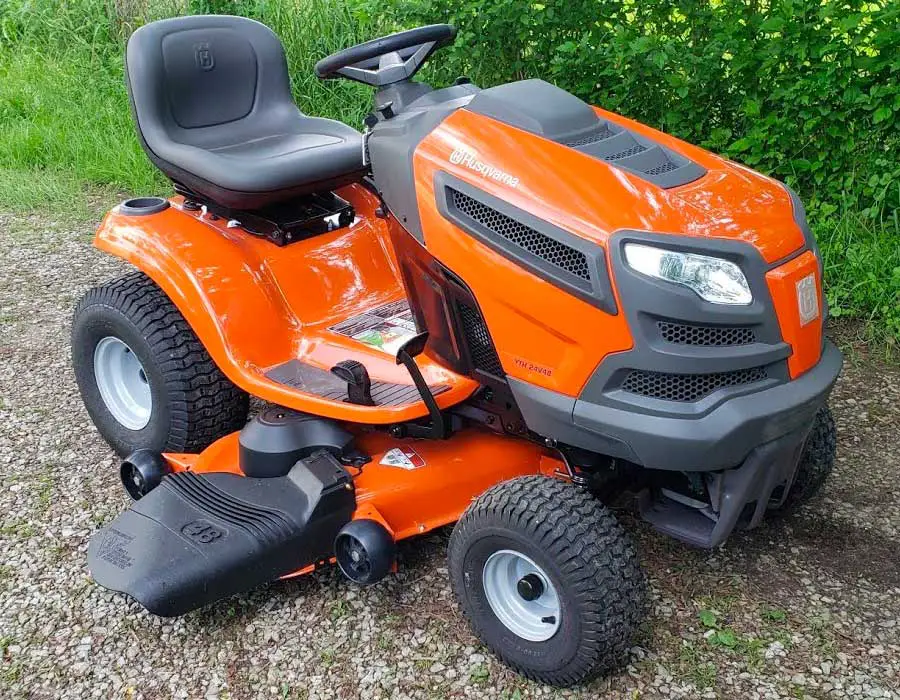
Empty Fuel Tank
It could have just been that the mower refused to respond because there was no fuel to run on. It is easy to forget simple things like this when looking for a problem. First, check the fuel tank to see if it is empty, and fill it with good fuel.
Bad Fuel
The previous point talks about an empty gas tank, but your gas tank may be full- but with bad fuel this time. To identify bad fuel, let us first note what good fuel is. Good fuel has these characteristics- unleaded, an octane rating higher than or equal to 87, and a low ethanol level (maximum level of 10%). Fuel can also turn bad as a result of time. When kept in the tank for more than 30 days, it begins to break down and could harm your engine.
Effects Of Bad Fuel
Octane rating is a measurement of how stable your fuel is. Low octane rating fuel can cause your engine to knock, and the fuel may also burn prematurely. The premature ignition is a sure recipe for engine damage.
High levels of ethanol make fuel deteriorate significantly quicker. Ethanol absorbs moisture, causing it to settle at the bottom of the fuel. The moisture evaporates into a sticky residue that clogs the fuel system.
How to fix: Drain the old fuel from the fuel tank and replace it with fresh fuel plus a fuel additive. Fuel additives help improve your fuel quality and clean the fuel system. They prevent corrosion and increase the octane rating of your fuel.
Damaged Spark Plugs
Spark plugs supply the spark for the air-fuel mixture by discharging a large amount of current between the electrodes separated by a gap. This spark is what causes the explosive force with which the engine starts.
Carbon residue around the tip of the plug or oil getting into it can affect the engine’s function. Also, when the plug is not well gapped or is loosely connected, it can be a reason the lawnmower doesn’t start.
How to fix: Check the spark plug for build-up or cracks on the insulator. If it is bad, replace it with a new one, ensuring it is well gapped.
Clogged Filters
The air and fuel filters are small but critical components that ensure a smooth combustion process. The air filter prevents dirt from entering the engine via the carburetor, while the fuel filter removes debris from the fuel before it enters the combustion chamber.
Clogging in either or both filters can cause your riding mower not to respond when ignited. Other problems that clogged filters could cause include overheating, sputtering, and stalling.
How to fix a clogged air filter
Not all air filter types can be fixed; the paper type needs an outright replacement if clogged. However, if your air filter is the foam type, it can be washed and reused up to 4 times.
To clean the foam filter, use detergent or mild dish soap to wash and then let it dry for a couple of hours. After drying, rub a coat of oil on it and put it back in place. The oil helps to trap the dirt onto the foam.
How to fix a clogged fuel filter
Like the air filter, fuel filters also come in different types like nylon, paper, and metal. Nylon and paper filters should be discarded and replaced with new ones.
To clean the metal filter, use a good cleaning spray, preferably carburetor cleaning spray, and let dry.
How often should you change the filters?
Routine checks on different lawnmower parts, including the filters, are essential. This will help you detect any arising problems before it escalates. Changing your air and fuel filters every 300 to 500 hours is advised. It is best to use foam air filters and metal fuel filters to save cost. They both can be reused up to 5 times till a new one is needed.
Dirty Carburetor
The carburetor serves as a regulator for the air-fuel mixture before entering the engine cylinder for combustion. Residue from the combustion and old fuel can cause the carburetor to clog over time. Inspect your carburetor for clogging or damage; this could be why your lawnmower won’t start.
How to fix: Take the carburetor apart from the system and use a carburetor cleaner spray or WD40 to clean out the ports and the bowl. If there is any residue from rusting, use sandpaper or a metal brush to scrub it off. Allow the carburetor to dry before reinstalling.
Bad Or Corroded Battery
A lawnmower cannot function without a good battery; therefore, checking the battery for faults is necessary. Inspect the battery for corroded terminals, swelling, cracks on the battery case, loose connections, or any unusual change.
How to fix:
Corroded terminals: Using a DIY paste of baking soda and water, clean the terminals with a metal brush and wipe them off.
Swelling: Swelling is a sign that the battery is bad and would need to be replaced
Loose connections: check the cables and connections if they are correctly done and tight. If this is not the case, undo the connection and tighten it again.
Testing for charge: it is also possible that your battery needs to be charged. Using a multimeter, you can test the battery to see if it needs some charging. Set the multimeter to 12V, and connect the probes to the corresponding terminals. If the reading is below 12.7 volts, the battery needs to be charged. If your battery does not hold a charge, you need to get a new one.
How To Start A Husqvarna Riding Mower
Starting your Husqvarna riding mower is simple, but you need to know the proper steps and components to set up before turning the key. These procedures are listed in order below:
- Check oil and gas level
- Turn on the gas
- Get seated
- Put the foot brake on
- Set the gear shift to N
- Turn the blade off
- Put on the choke
Check oil and gas level / Turn on the gas: Check if there is enough oil and fuel to run the mower. Turn on the gas tap to let gas flow to the carburetor.
Get seated: Get into the lawnmower seat and position yourself upright. Avoid leaning on the sides, particularly while the engine is running. This would put pressure on the engine and could damage it.
Put the foot brake on: To start the motor, press the brake pedal down with your foot. The parking brake in “on” will also help start the mower.
Set the gear shift to N: For the mower to start, you need to put the gear in neutral. This applies to both manual and automatic riding mowers.
Turn off the blade: The blade on/off button should be put off. Some Husqvarna riding mowers come with a level to control the blade- this should be put off also.
Put on the choke: To kick off a cold engine, set the choke to “full” and then set it to “fast” when the engine warms up a bit.
You can now turn the key to start your mower with these settings. Provided nothing is wrong, it should start almost immediately.
Final Thoughts
Husqvarna lawn mowers are very reliable and efficient. Having difficulty starting the mower indicates one or more problems mentioned in this article- however, they can be fixed. These processes can be carried out on your own, as long as you observe safety precautions. However, if the mower still won’t budge, it is time to involve an expert to diagnose and fix the problem.

